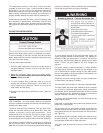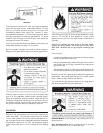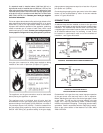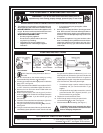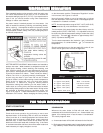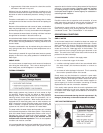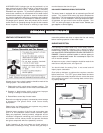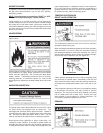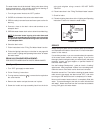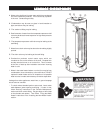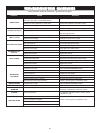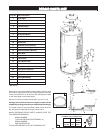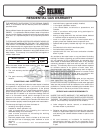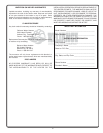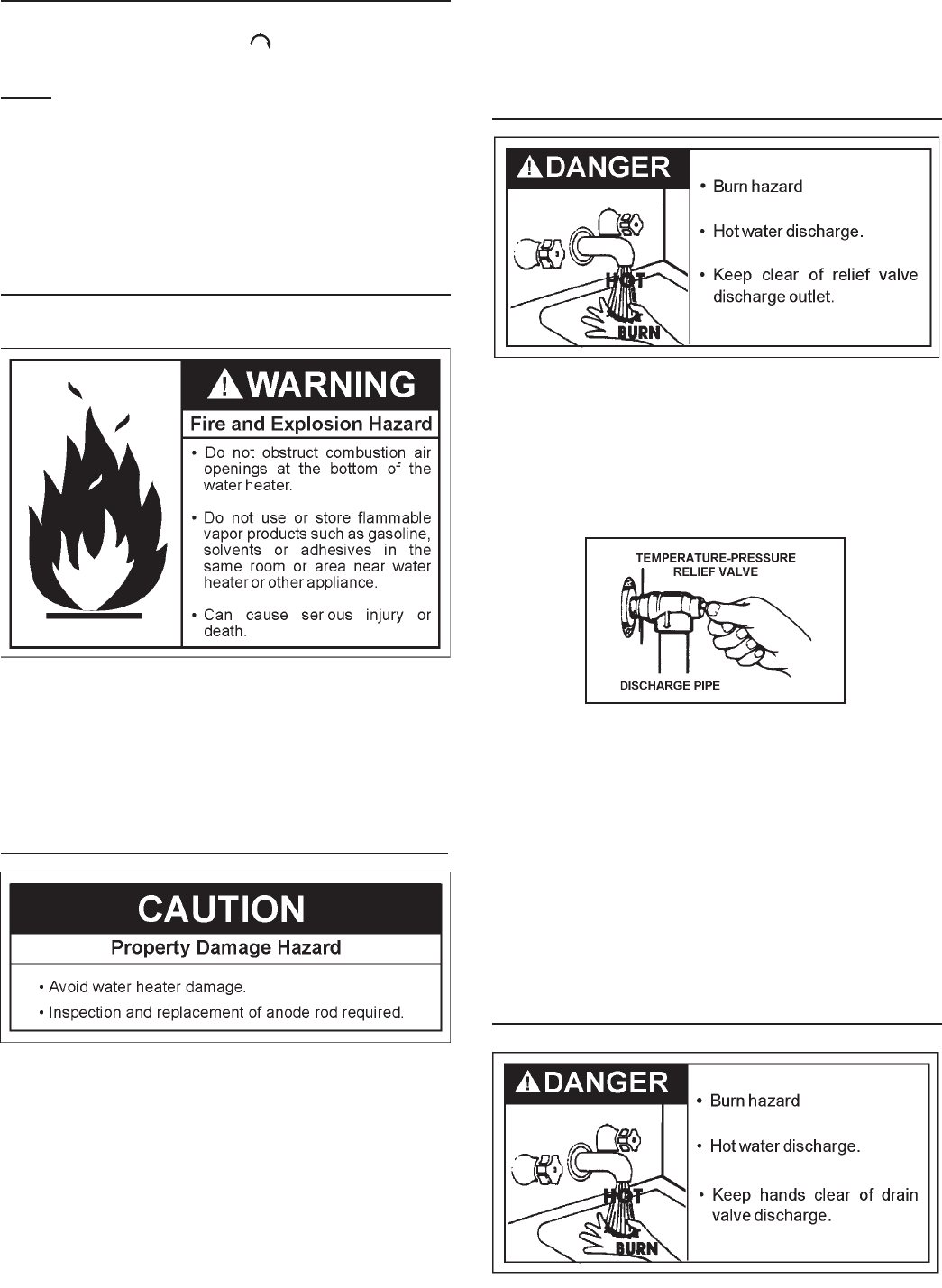
25
BURNER CLEANING
If inspection of the burner shows that cleaning is required, turn
the gas control knob clockwise (
) to the “OFF” position,
depressing slightly.
NOTE: The knob cannot be turned from “PILOT” to “OFF”
unless knob is depressed slightly. DO NOT FORCE.
Loose deposits on or around the burner can be removed by
carefully using the hose of a vacuum cleaner inserted through
the access door of the water heater. If the burner needs to be
removed for additional cleaning, call a service agency to remove
and clean the burner and correct the problem that required the
burner to be cleaned.
HOUSEKEEPING
Vacuum around base of water heater for dust, dirt, and lint on a
regular basis.
INSTALLED IN SUITABLE AREA: To insure sufficient ventilation
and combustion air supply, proper clearances from the water
heater must be maintained. See “Locating the New Water
Heater” section. Combustible materials such as clothing,
cleaning materials, or flammable liquids, etc. must not be
placed against or adjacent to the water heater which can cause
a fire.
ANODE ROD INSPECTION
The anode rod is used to protect the tank from corrosion. Most
hot water tanks are equipped with an anode rod. The
submerged rod sacrifices itself to protect the tank. Instead of
corroding the tank, water ions attack and eat away the anode
rod. This does not affect the water’s taste or color. The rod
must be maintained to keep the tank in operating condition.
Anode deterioration depends on water conductivity, not
necessarily water condition. A corroded or pitted anode rod
indicates high water conductivity and should be checked and/
or replaced more often than an anode rod that appears to be
intact. Replacement of a depleted anode rod can extend the
life of your water heater. Inspection should be conducted by a
qualified technician, and at a minimum the anode(s) should
be checked annually after the warranty period.
TEMPERATURE-PRESSURE
RELIEF VALVE OPERATION
The temperature-pressure relief valve must be manually
operated at least once a year.
When checking the temperature-pressure relief valve operation,
make sure that (1) no one is in front of or around the outlet of
the temperature-pressure relief valve discharge line, and (2)
that the water discharge will not cause any property damage,
as the water may be extremely hot, see Figure 34.
FIGURE 34.
If after manually operating the valve, it fails to completely reset
and continues to release water, immediately close the cold
water inlet to the water heater, follow the draining instructions,
and replace the temperature-pressure relief valve with a new
one.
If the temperature-pressure relief valve on the appliance weeps
or discharges periodically, this may be due to thermal
expansion. You may have a check valve installed in the water
line or a water meter with a check valve. Consult your local
water supplier or service agency for further information. Do
not plug the temperature-pressure relief valve.
DRAINING



